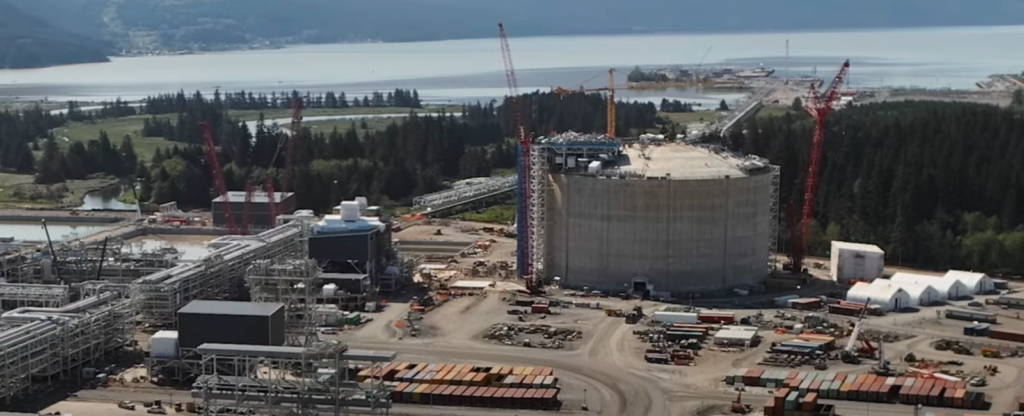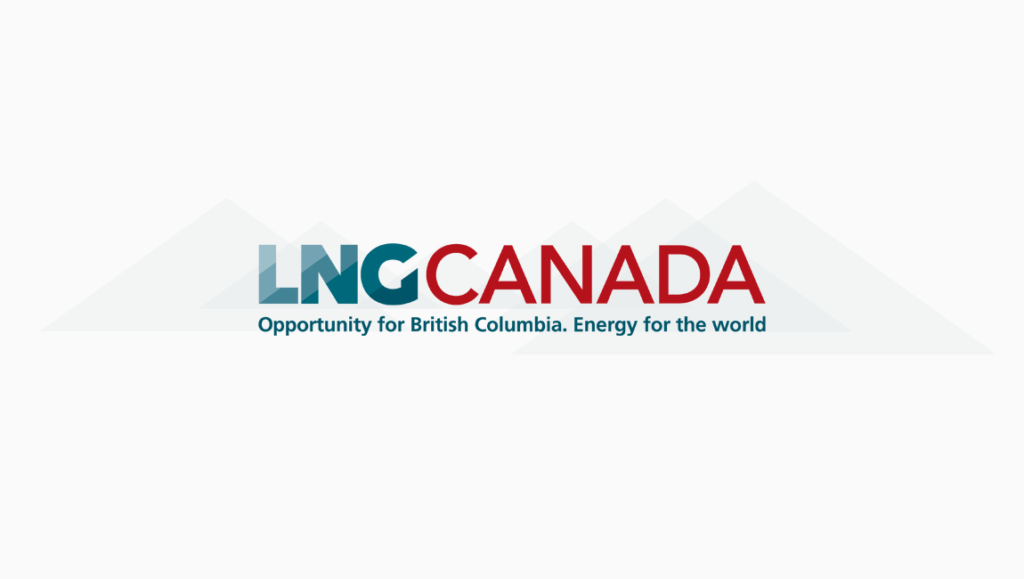Aug 21, 2018
Dredging: Ensuring safe passage of vessels in the port of Kitimat by increasing the depth of berthing areas
Share
We understand the importance the community places on the coastal waters off Kitimat and we are committed to working to address any unexpected effects from our activities that are taking place over the summer. Safety, the environment and community interests are top-of-mind in every activity we undertake.
As part of our work to get the existing port ready for larger vessels, we will soon begin dredging activities in early September once our dredge and supporting vessels are in the port of Kitimat. This seasonally-sensitive work ensures the project is well-positioned to meet schedule requirements should LNG Canada’s Joint Venture Participants take a Final Investment Decision later in 2018.
We’ve provided answers to some of the questions we received at our recent open house. If you have more questions, let us know and we will talk with one of our Subject Matter Experts and track down the answer.
What is dredging?
Dredging involves the removal of sediments and other material, referred to as dredge material, from the bottom of bodies of water. Dredging is a common commercial and industrial practice and has previously occurred in the port of Kitimat.
Why do you need to undertake dredging in the port of Kitimat?
The dredging work we’re doing will increase the depth of the berthing areas in the port of Kitimat to ensure safe passage of vessels.
What do you expect to find in the dredge materials?
We completed a full dredge model as part of dredge planning and it included soil classifications that either meet industrial limits or exceed industrial limits. We test the materials and ensure that we dispose of them appropriately.
How is dredge material classified?
B.C. Contaminated Soils Regulation (CSR) regulates soil classifications. Soils that meet hazardous waste criteria are also defined in the BC Hazardous Waste Regulation. The soil classifications are: IL- or IL+. IL- are soils that meet industrial use standards; IL+ are soils that exceed industrial use standards and can include hazardous waste.
What do you do with the dredge material?
We sort the dredge material according to the soil classification. Soils meeting hazardous waste criteria will be stabilized and transported offsite for disposal at an approved facility. Materials meeting IL+ criteria for the Rio Tinto dredge pockets will be disposed of in the onshore dredge disposal (DDS) site on the Rio Tinto site. Materials meeting IL+ criteria from the LNG Canada dredge pocket will be stabilized and transported off site. Material meeting IL- criteria will be disposed of in the respective DDS.
How are you ensuring the safety of local mariners in the area?
The dredging vessel operator, Boskalis, will request safety zones to be 300m to 500m away from the vessel engaged in dredging activities. They have also sent a Notice to Shipping advising non-project marine vessel operators of the appropriate safety distances requested. All dredge vessels will comply with the Collision Regulations and show the appropriate navigation lights and shapes.
Where is dredging taking place in the port of Kitimat?
Dredging is taking place on the industrial side of the port. It’s in the vicinity of Rio Tinto, former Methanex and former Eurocan wharfs. Dredging will not pose any issue for small commercial vessels, pleasure craft and fishing vessels operating out of MK Bay, Kitimaat Village or Minette Bay marinas that stay south and east of the former Eurocan wharf.
What will happen to the fish and crab in the water?
We carefully plan and sequence our activities onsite to ensure we care for and minimize impacts to the environment before dredging can begin. We will deploy approximately 90 traps on the sea floor near the LNG Canada dredge pocket, and these will remain in place for about 12 hours. We will transport the crabs in the traps to the designated release site. This will be performed one time immediately prior to dredging.
What if the crab and fish come back to the same area?
We anticipate that once dredging begins, the presence of equipment and the temporary increase in suspended sediments in the water column will serve as a deterrent to the crabs to repopulate the area.
How are you mitigating impacts to the environment?
We are constructing fish habitat offsets to compensate for impacts from dredging and marine construction activities in Minette Bay. Our marine offsets will enhance existing mud flats by creating salt marshes and rock reef habitats, which directly benefits fish and crab populations. The removal of contaminated sediments during our dredging activities, and the addition of salt marsh and eelgrass habitat will be a significant enhancement to the marine habitat.


